Here is my dataset: https://app.box.com/s/x5eux7mhdc0geyck4o47ttmpynah0wqk
Snapshot:
I'd like a create a data frame in which the average value of the sentiments would be present in a group of 2 months.
I tried the following code:
sentiment_dataset$created_at <- ymd_hms(sentiment_dataset$created_at)
sentiment_time <- sentiment_dataset %>%
group_by(created_at = cut(created_at, breaks="2 months")) %>%
summarise(negative = mean(negative),
positive = mean(positive)) %>% melt
It gave the following error:
Using created_at as id variables
Error in match.names(clabs, names(xi)) :
names do not match previous names

